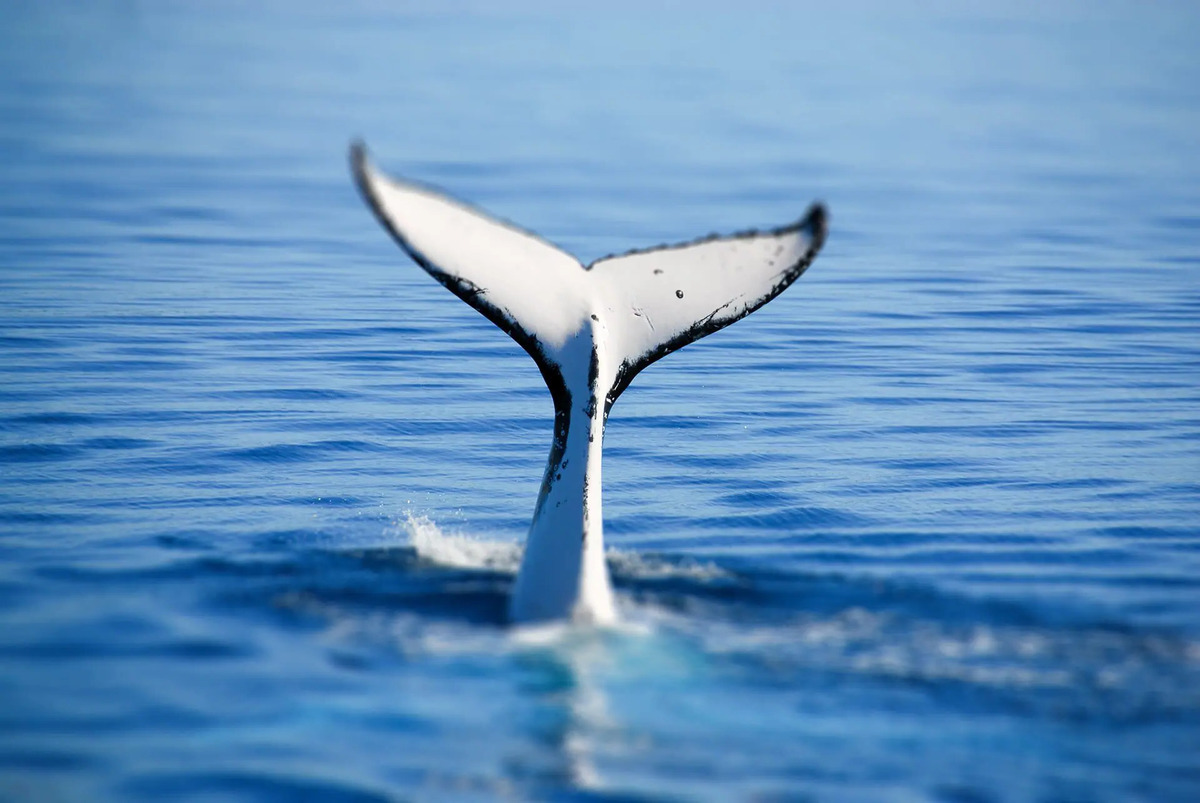
Whale watching is an awe-inspiring activity that brings people closer to the majestic giants of the ocean. But why is it so captivating? Whale watching offers a unique opportunity to witness these magnificent creatures in their natural habitat, fostering a deeper appreciation for marine life and the environment. Imagine the thrill of spotting a humpback whale breaching or a pod of orcas gliding through the waves. This experience not only provides unforgettable memories but also supports conservation efforts and local economies. Whether you're a seasoned enthusiast or a curious newcomer, whale watching promises an adventure filled with wonder and discovery. With each trip, there's a chance to learn more about these incredible animals and the ecosystems they inhabit. So, grab your binoculars and prepare for an unforgettable journey into the world of whales!
What is Whale Watching?
Whale watching is an exciting activity where people observe whales in their natural habitat. This adventure offers a chance to see these majestic creatures up close, often from boats or coastal viewpoints. Let's dive into some fascinating facts about whale watching.
-
Whale watching began in the 1950s. The first organized tours took place in California, where people gathered to see gray whales migrating along the coast.
-
Over 13 million people participate annually. Whale watching has grown into a popular global activity, attracting millions of enthusiasts each year.
-
It contributes significantly to local economies. In many coastal regions, whale watching boosts tourism and provides jobs for locals.
-
Whale watching is available in over 119 countries. From the icy waters of Antarctica to the warm seas of the Caribbean, opportunities abound worldwide.
-
The best time for whale watching varies by location. Different species migrate at different times, so the prime viewing season depends on the region.
Types of Whales You Might See
Whale watching offers a chance to see a variety of whale species. Each has unique characteristics and behaviors, making every sighting special.
-
Humpback whales are known for their acrobatics. These whales often breach, slapping the water with their fins and tails.
-
Blue whales are the largest animals on Earth. Seeing one of these giants is a breathtaking experience, as they can reach lengths of up to 100 feet.
-
Orcas, or killer whales, are actually dolphins. Despite their name, orcas belong to the dolphin family and are known for their striking black and white coloring.
-
Gray whales undertake one of the longest migrations. Traveling up to 12,000 miles round trip, they migrate from the Arctic to the warm waters of Mexico.
-
Minke whales are the smallest baleen whales. These whales are often curious and may approach boats, offering a closer look.
Environmental Impact and Conservation
Whale watching can have both positive and negative effects on the environment. Understanding these impacts helps ensure the activity remains sustainable.
-
Whale watching promotes conservation awareness. By seeing whales in their natural habitat, people often develop a greater appreciation for marine life and the need to protect it.
-
Responsible whale watching minimizes disturbance. Operators follow guidelines to ensure boats keep a safe distance, reducing stress on the animals.
-
Noise pollution can affect whales. Boat engines and human activity can disrupt whale communication and navigation.
-
Some regions have strict regulations. To protect whales, many areas enforce rules on how close boats can get and how long they can stay.
-
Whale watching supports scientific research. Tours often collaborate with researchers, providing valuable data on whale populations and behaviors.
Tips for a Successful Whale Watching Trip
To make the most of a whale watching adventure, preparation is key. Here are some tips to enhance the experience.
-
Dress in layers for changing weather. Conditions on the water can vary, so wearing layers ensures comfort throughout the trip.
-
Bring binoculars for a closer view. While whales can be seen with the naked eye, binoculars offer a more detailed look.
-
Choose a reputable tour operator. Look for companies with experienced guides and a commitment to responsible practices.
-
Be patient and keep a lookout. Whales can appear at any moment, so staying alert increases the chances of a sighting.
-
Listen to the guides. They provide valuable information about the whales and their behaviors, enriching the experience.
Fun Facts About Whales
Whales are fascinating creatures with many intriguing traits. Here are some fun facts to ponder.
-
Whales communicate through songs and clicks. These sounds can travel long distances underwater, allowing whales to communicate over vast areas.
-
Some whales can live over 200 years. The bowhead whale is known for its impressive lifespan, making it one of the longest-living mammals.
The Final Splash on Whale Watching
Whale watching is more than just a spectacle; it's a window into the mysteries of the ocean. From the majestic breaches of humpbacks to the playful antics of orcas, these marine giants offer a unique glimpse into their world. Whether you're a seasoned enthusiast or a curious newcomer, the experience is unforgettable. Remember, respecting their natural habitat is key. Keep a safe distance, follow guidelines, and support responsible tours. This ensures the safety of both the whales and the watchers. As you plan your next adventure, consider the impact of your choices on these incredible creatures. Whale watching isn't just about the thrill; it's about understanding and appreciating the delicate balance of our ecosystem. So, grab your binoculars, head to the coast, and let the ocean's wonders unfold before your eyes.
Was this page helpful?
Our commitment to delivering trustworthy and engaging content is at the heart of what we do. Each fact on our site is contributed by real users like you, bringing a wealth of diverse insights and information. To ensure the highest standards of accuracy and reliability, our dedicated editors meticulously review each submission. This process guarantees that the facts we share are not only fascinating but also credible. Trust in our commitment to quality and authenticity as you explore and learn with us.


